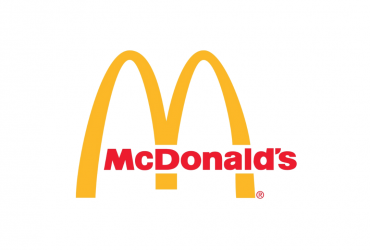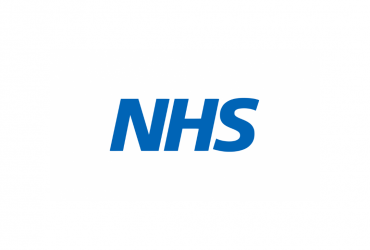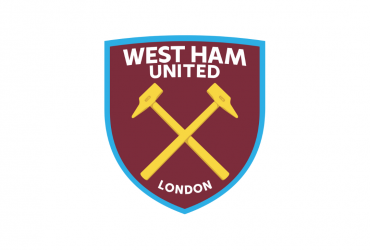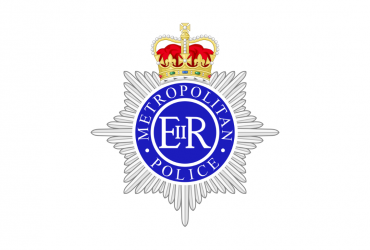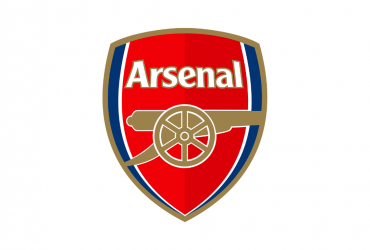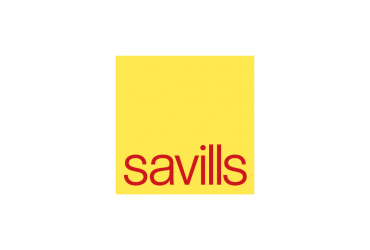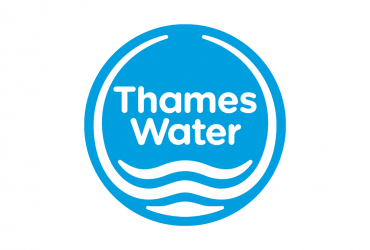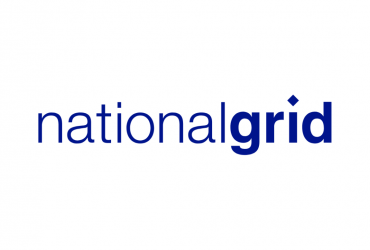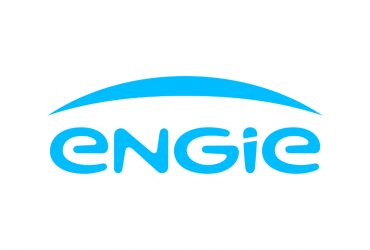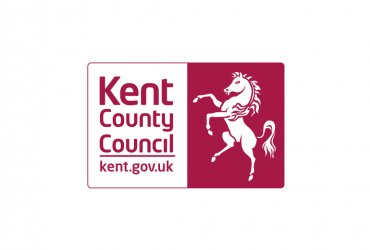How To Clean Up A Fuel Spill
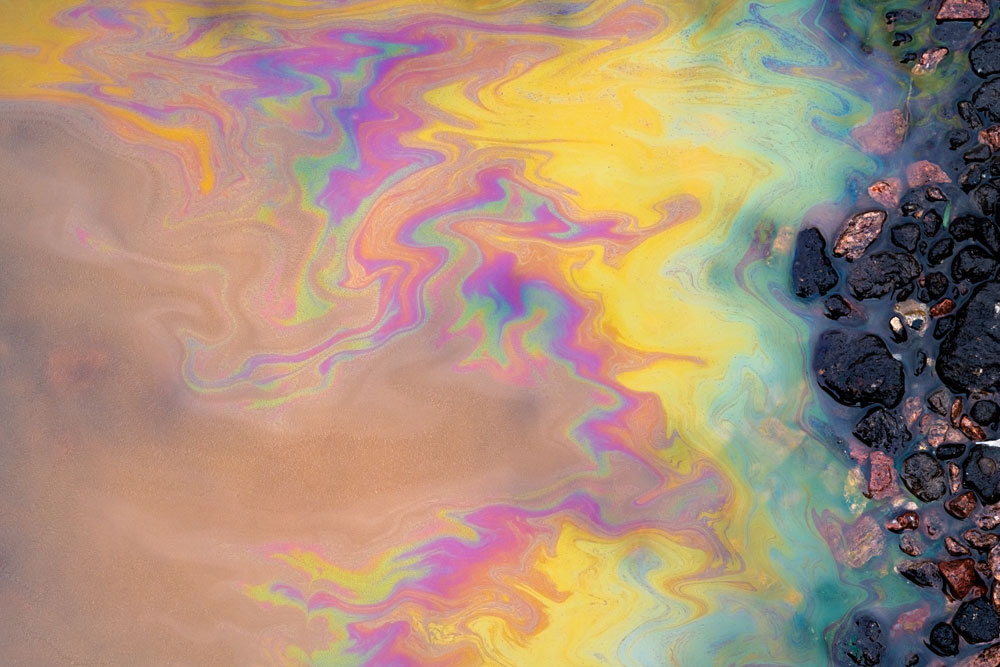 CONTENTS
CONTENTS
- The dangers of fuel spills
- How to stay safe when a spill occurs
- What not to do when a spill happens
- What to do when fuel spills
- Get in touch
Fuel spills are very common whether you spilled some while filling up your car at home or a petrol station, or a fuel tank has leaked in the workplace. But they are still very serious incidents that must be tended to quickly and properly.
Otherwise, you could be at risk of serious health problems, might cause pollution, and your property may get damaged.
Here at ICE Cleaning, we offer our oil spill cleaning services nationwide. Our technicians can clean up gasoline and diesel oil spills on hard surfaces and soil, and in water. They are available 24/7, 365 days a year. In an emergency, they can be on site within a matter of hours.
Read on to find out what to do when fuel gets spilled.
The dangers of fuel spills
Diesel and gasoline (or petrol) are both very harmful substances that are dangerous to be exposed to. The main problem is that both are fire hazards. Petrol is flammable and diesel is combustible, so sparks and naked flames could cause a fire to break out.
Fuel that is splashed onto the skin or gets into the eyes can also irritate the skin and eyes. Inhaling the hazardous, flammable vapours can cause dizziness and respiratory problems whereas prolonged exposure might put you at risk of more serious problems including cancer.
As fuel is viscous, it can travel quickly and create a slipping hazard so you and your staff could get injured, too. It can easily spread onto soil or into waterways and contaminate them, as well. Oil is toxic to wildlife and can make drinking water unsafe to consume.
Fuel can even damage surfaces like tarmac, asphalt, and concrete, from leaving behind stubborn and unsightly stains to eroding the surface.
How to stay safe when a spill occurs
To protect the environment and people’s health, there are several things you must do in the event of a spill:
- Make sure all ignition and heat sources are switched off to minimise the likelihood of a fire
- Ensure anyone that attempts to clean up and control the spill is dressed in personal protective equipment (PPE) so they don’t touch the fuel or inhale any vapours
- Ventilate the area by opening windows so the harmful vapours don’t build up
- Don’t let any fuel go down the drain or spill onto soil or into water
What not to do when a spill happens
There are many DIY oil spill clean up methods recommended online for small spills at-home. However, you should never attempt oil remediation yourself unless you are trained to do so and have the necessary equipment, like a fuel spill kit, on hand.
Firstly, these techniques are usually ineffective against hard-to-clean oil. They often recommend scrubbing with household products like cat litter or baking soda, and require you to repeat the cleaning process.
This requires a lot of elbow grease, can take a long time, and may not remove all the oil. Any left behind will continue to damage the surface.
Oil spill cleaning is also very dangerous as you will come very close to the fuel and are more likely to inhale the vapours and touch the oil. Always bring in oil remediation professionals for a thorough clean up.
They will have the specialist equipment, PPE, and training required for effective oil spill cleaning, and can give you peace of mind that your home or workplace is safe again.
What to do when fuel spills
If you spill some fuel at a filling station, notify the staff that a spill has occurred and they will clean it up. If some has spilled at home in your garage or on your driveway, contact professional cleaners immediately to clear up the spill.
Should fuel get spilled in the workplace, you must follow your fuel spill procedure. It should contain the following steps:
- Alert staff that a spill has occurred. Evacuate the area if the spill is large or hazardous, and contact the emergency services if the spill could threaten people’s health or the environment.
- Stop the fuel from spilling any further, such as plugging the leak in the container. The spill should then be contained with spill control equipment.
- If there is a chemical spill kit and someone is trained to use it, have them clean up the spill and then dispose of the contaminated waste. Or bring in professional cleaners to deal with the spill.
Get in touch
Our technicians are fully permitted to handle and discard of oil. They will follow a six stage oil remediation process to give you peace of mind that the spill area has been restored to its previous condition.
Contact our team today on 0208 066 0360 or send an email to enquiries@icecleaning.co.uk to find out more about our oil spill clean up services.

Speak with me today,
I’m here to help
By asking you a few questions either via phone or email I can immediately provide a realistic estimation of the cost.
You’re in good company. We’ve cleaned for the following commercial clients… View all

Why choose us?
- Cater to a wide variety of cleaning situations
- Nationwide coverage, available 24/7
- Cater to commercial and domestic clients
- Free survey provided prior to quotation
- Emergency response team
- Offer a bespoke service designed to suit all your needs
- All technicians hold professional health and safety qualifications, including BICSc, IOSH, Dewpoint Professional & Safe Contractor
We’re fully accredited
We place best practise, professional expertise and health and safety at the core of our business. We’re fully compliant with all legal obligations. You can view a list of our accreditations below, or visit our Health & Safety page for more information.

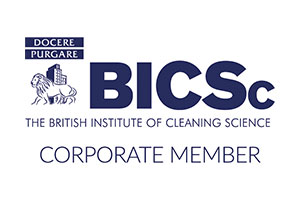

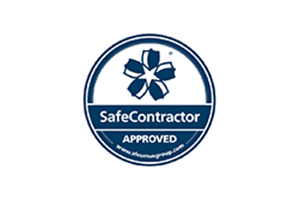
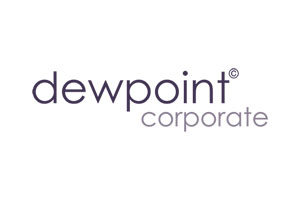
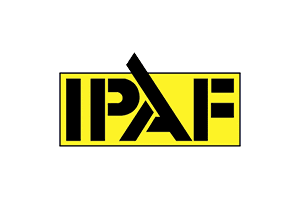





-RGB-small.1707319151.jpg)
